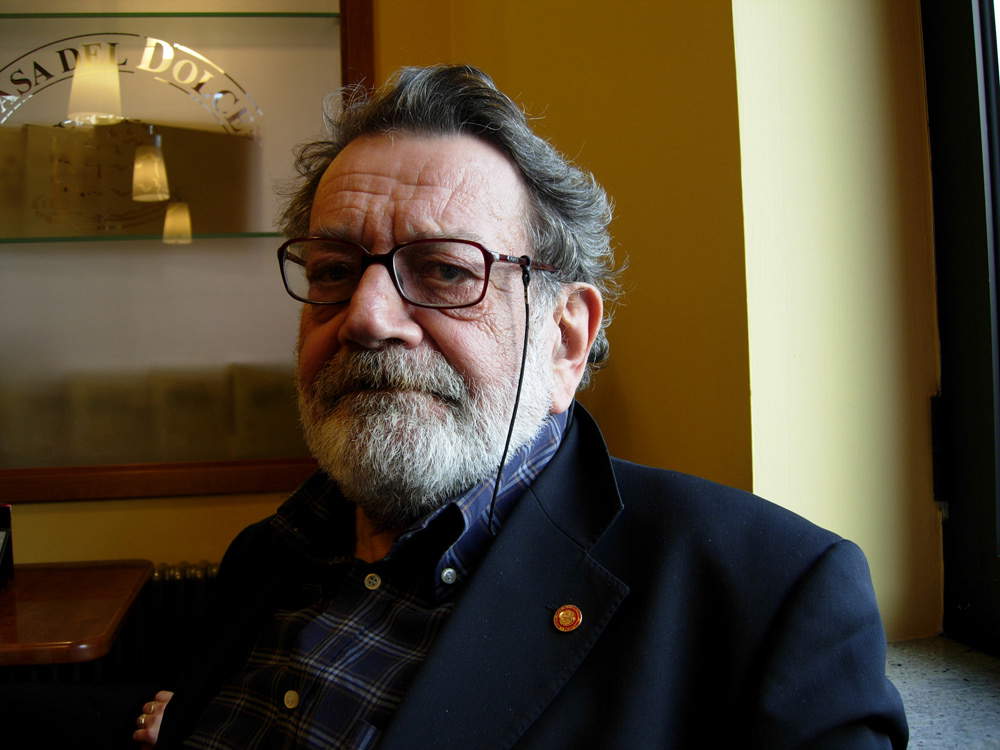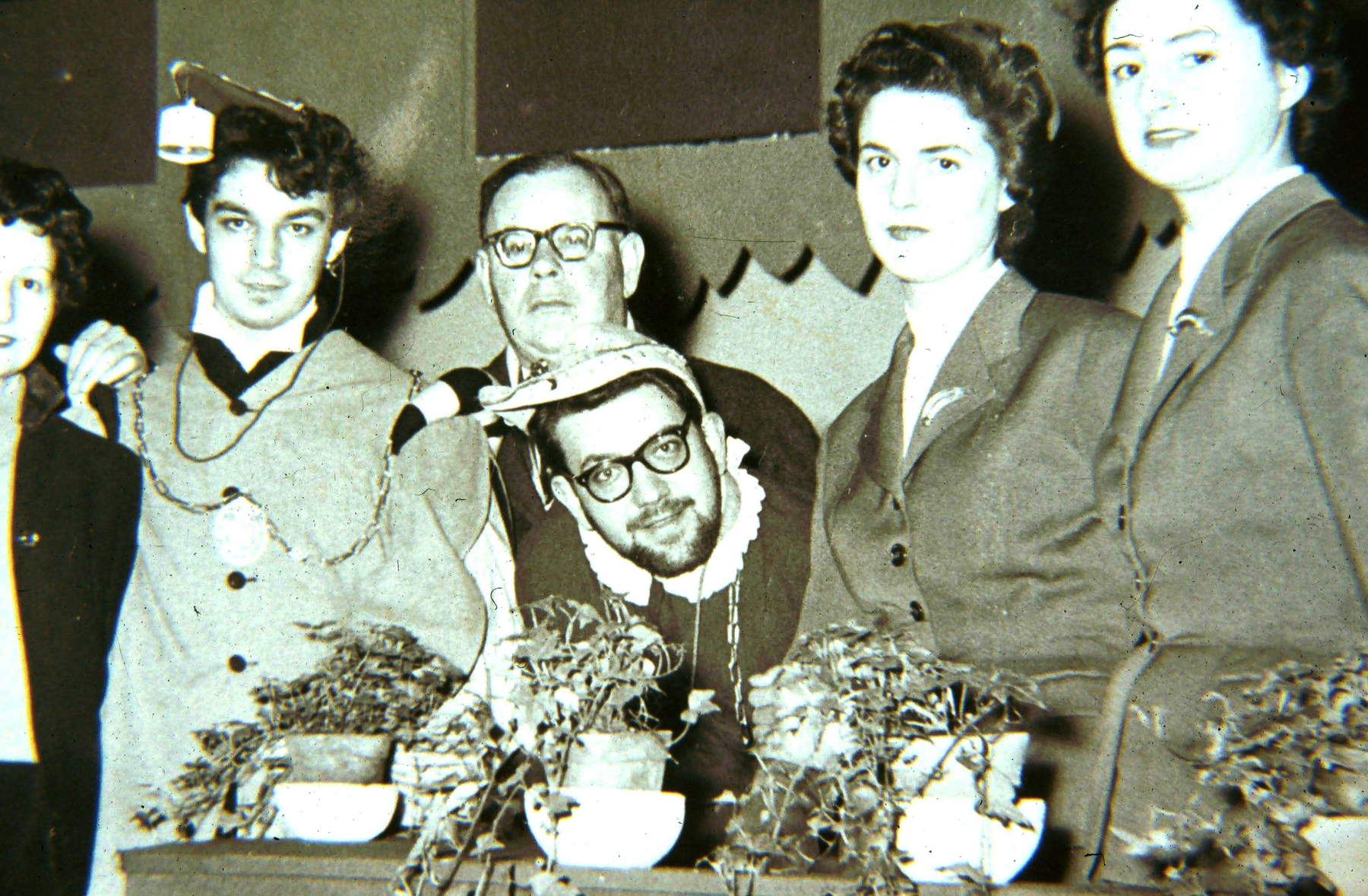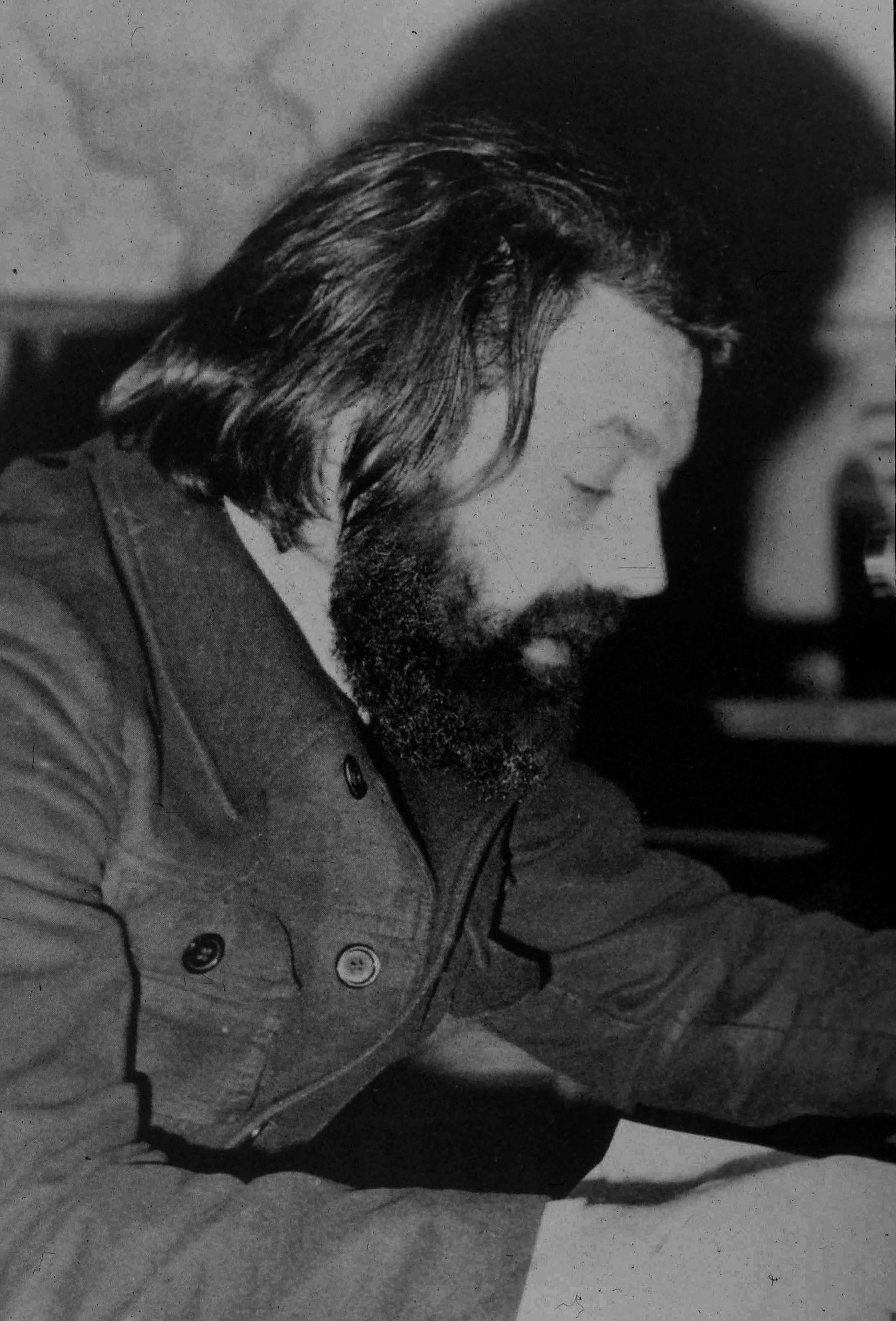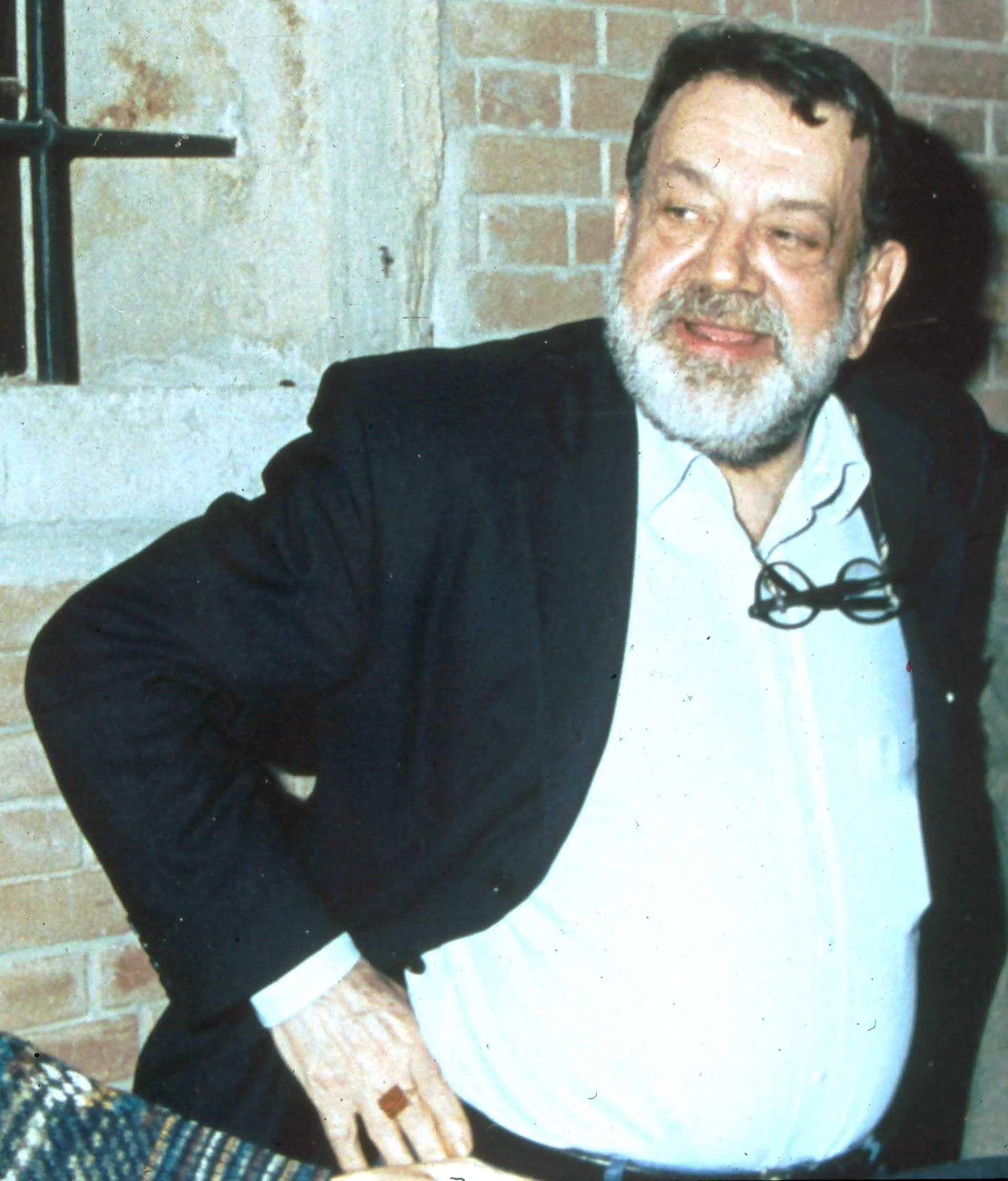Lionello Puppi: a remembrance
With Lionello Puppi passes away a great master of Italian art history of the last sixty years. He had graduated from Padua with the Byzantinist Sergio Bettini, with a thesis on the Vicenza painter Bartolomeo Montagna, which until a few years ago was the only monograph available on the subject. It was a work of philological framework: the classic Catalogo ragionato well understood in the connoisseurship culture of the Padua of Giuseppe Fiocco and Rodolfo Pallucchini. Puppi began thus, studying the great painting of the Venetian Renaissance. Soon, however, he shifted lattention to a discipline at the time niche: the history of architecture. He did so by pursuing and was for a lifetime the lofty and in some ways elusive profile of Andrea Palladio. To the Paduan-Vicentine architect he dedicated very dense essays, monographs conducted with relentless rigor and also some popular texts, which he had a lot of fun writing, perhaps also mindful of the lesson of one of his closest friends: leditore and writer from Vicenza Neri Pozza. Setting himself on the trail of Palladio, and of dozens of other less famous architects who made up the galaxy of Palladianism (and beyond), he found himself in a position to refine his archival and documentary research tools, which helped him to overcome the first phase, so to speak, of an essentially formal approach to the artistic product. He saggrappled with unpublished or carefully re-read documents to reset the dozens, hundreds, thousands of critical problems he came across. Privileging them over attributive intuitions, he tried to use them as the supporting structures of an interpretation of the artwork that was purely historical in nature, that is, brought back into the framework of an almost neo-positivistic approach.
However, even this was not enough for him. For time he became interested in the readings of one of the fathers of so-called iconology: the German Erwin Panofsky, with whom he was in correspondence. Lyconology is that branch of art history which, starting from images, attempts to grasp their deeper and broader meaning. The meaning, the sense, the reason for a work always tends to escape, even from the most ardent exegetes (indeed, especially from them, Puppi would have commented). Indeed, one new element of understanding is followed by a hundred others that raise further questions. Like a close companion in his investigations Eugenio Battisti thus sought to attack the (almost) impregnable fortress of the mystery inherent in artistic creation, considering it as an expression of a set of relations, which stand within more general historical flows, in which each aspect binds or can bind - to all the others. For example. When he set up a project for the celebrations of the fifth centenary of Giorgione’s birth in 1978, to try to frame the profile of the most elusive of Renaissance painters, he summoned experts from the most diverse disciplines: not just art historians, but also archaeologists, numismatists, philosophers, musicologists, cartographers, historians of publishing, medicine, science, economics, and urban planning He thus tried to propose a different vision not of the artist, but of the cultural context of which he was an expression. It was an undertaking of unspeakable boldness, which had to surrogate an almost impossible exhibition and whose catalog also because of the difficulties of mixing all those contributions came out a good 16 years after the event, edited by one of his faithful collaborators, Ruggero Maschio. After that he organized many other exhibitions, in Padua, Venice, Belluno, Castelfranco, Treviso Exhibitions were a research laboratory for him, in which he often called very different figures to work. Above all, he surrounded himself with students: which were many, because he really refused a thesis to no one. In fact, from the early 1970s he taught in Padua, where he directed the Institute of Art History and where he decided to inaugurate the chair of History of Architecture and Urbanism. Then he moved on to Venice, to Ca Foscari, where he took on the task of starting a Graduate Course in Conservation of Cultural Heritage. It already existed in Udine, but Venice could only be the perfect location. In the early years, however, no ministerial funding was provided, and he, a communist to the core, found himself trying to scrape together some money by asking none other than Marcello dellUtri. In order to get that course off the ground he would have made pacts with the devil: but it was no use, because his extraordinary interpersonal skills were the son of a diplomat of noble origins combined with a certain fascination with risk, enabled him to achieve the necessary conditions for that gift to the city. His lectures were on the most diverse topics-from the Middle Ages to the contemporary, from South America to the entire Mediterranean basin-and were the fruit of an omnivorous and inexhaustible curiosity. The search for truth kept him lucid to the last. He carries with him a treasure trove of memories, information and experiences of inestimable value. He leaves behind many students in the chairs of universities, superintendencies and museums, to whom he taught many things. The most important were courage and intellectual generosity.
 |
| A recent photograph depicting Lionello Puppi |
 |
| Lionello Puppi (bottom center) in the 1960s |
 |
| Lionello Puppi in the 1970s |
 |
| Lionello Puppi in the 1990s |
This article was published on September 17, 2018 in Il Mattino di Padova La nuova Venezia La Tribuna di Treviso Il Corriere delle Alpi, p. 22. The photos are all from the personal archive of Enrico Maria Dal Pozzolo
Warning: the translation into English of the original Italian article was created using automatic tools. We undertake to review all articles, but we do not guarantee the total absence of inaccuracies in the translation due to the program. You can find the original by clicking on the ITA button. If you find any mistake,please contact us.




























